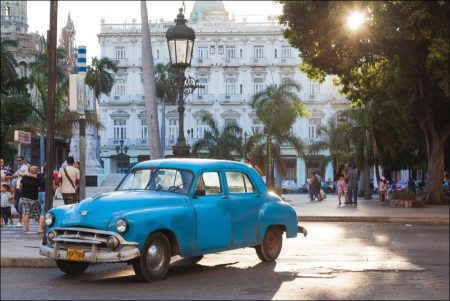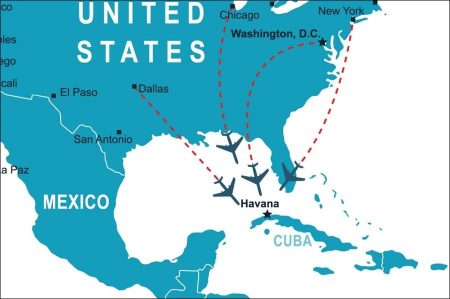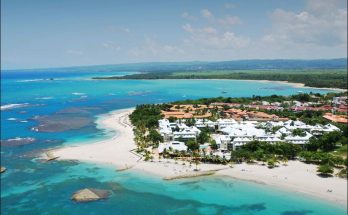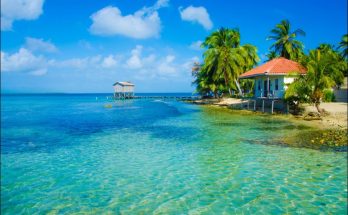Last month, President Obama announced that America would be re-establishing diplomatic relations with Cuba – meaning change is sure to follow, so head to Cuba sooner rather than later to enjoy its unique old-school charms. With the government slowly allowing the development of non-state-owned tourism, there’s been a growth in private enterprise recently – particularly seen in Old Havana, a thriving cultural hub, with new bars like O’Reilly 304, and recently opened stylish B&B Casa Alta (£19-25 a night) adding to the buzz.
To mark the 500th anniversary of the founding of the southern city of Santiago de Cuba on 25 July, a week of partying and a carnival has been planned.
World Expeditions has a new 12-day cycling tour, exploring the country’s lesser-known spots, from £1,567pp. And Che Guevara’s son, Ernesto junior, has just launched six- and nine-day motorbike tours of the island – and leads some tours himself (from £1,999)
Where is the Havana, Cuba?
Havana (Spanish: La Habana) is the capital city, largest city, province, major port, and leading commercial centre of Cuba. The city proper has a population of 2.1 million inhabitants, and it spans a total of 728.26 km2 (281.18 sq mi) – making it the largest city by area, the most populous city, and the third largest metropolitan area in the Caribbean region.
The city extends mostly westward and southward from the bay, which is entered through a narrow inlet and which divides into three main harbours: Marimelena, Guanabacoa and Atarés. The sluggish Almendares River traverses the city from south to north, entering the Straits of Florida a few miles west of the bay.
The city of Havana was founded by the Spanish in the 16th century and due to its strategic location it served as a springboard for the Spanish conquest of the continent becoming a stopping point for the treasure-laden Spanish galleons on the crossing between the New World and the Old World. King Philip II of Spain granted Havana the title of City in 1592. Walls as well as forts were built to protect the old city. The sinking of the U.S. battleship Maine in Havana’s harbor in 1898 was the immediate cause of the Spanish–American War.
Contemporary Havana can essentially be described as three cities in one: Old Havana, Vedado and the newer suburban districts. The city is the center of the Cuban government, and home to various ministries, headquarters of businesses and over 90 diplomatic offices. The current mayor is Marta Hernández from the Communist Party of Cuba (PCC). In 2009, the city/province had the 3rd highest income in the country.
The city attracts over a million tourists annually, the Official Census for Havana reports that in 2010 the city was visited by 1,176,627 international tourists, a 20.0% increase from 2005. The historic centre was declared a UNESCO World Heritage Site in 1982. The city is also noted for its history, culture, architecture and monuments. As typical of Cuba, Havana also features a tropical climate.
In May 2015, Havana was officially recognized as one of the New7Wonders Cities together with Vigan, Doha, La Paz, Durban, Beirut, and Kuala Lumpur.
Visits: 123




